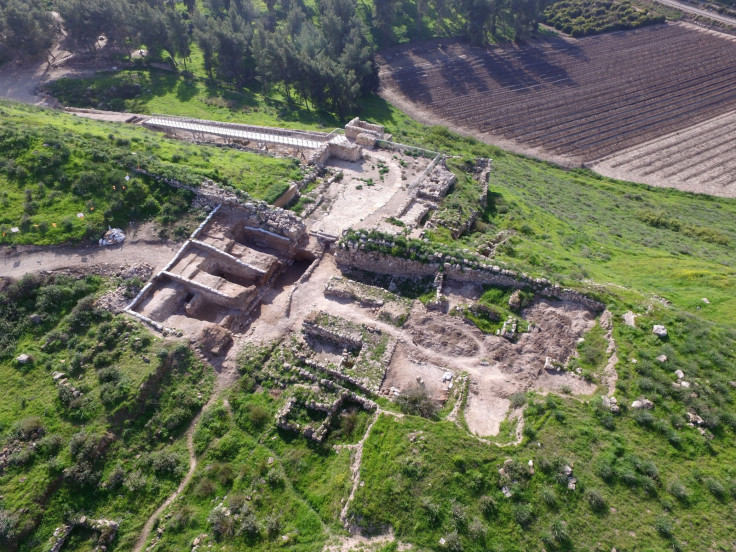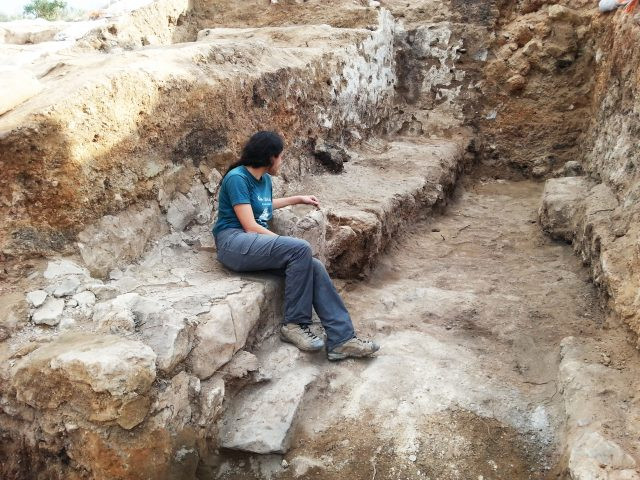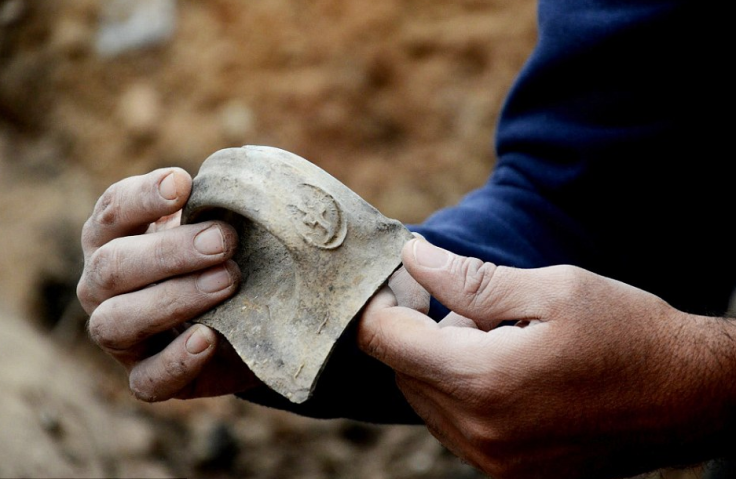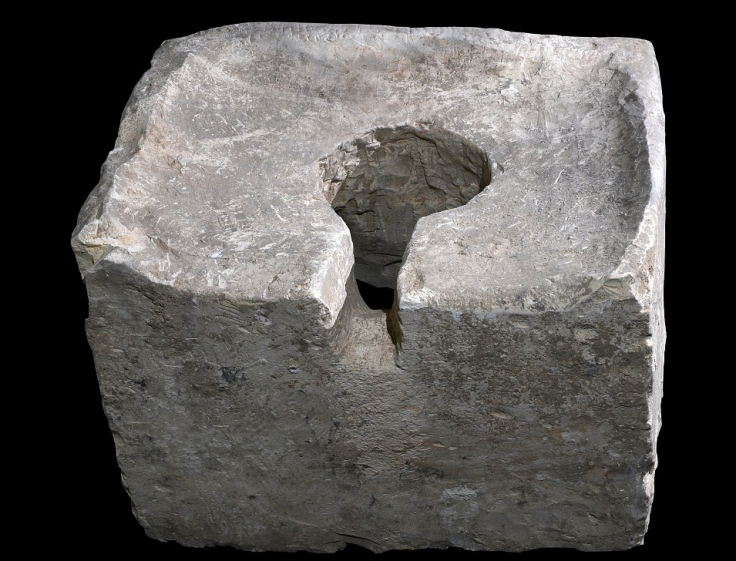Ancient gate-shrine discovered just outside Jerusalem supports Biblical story of temple desecration
A toilet was found in the gate-shrine, a symbol of Biblical King Hezekiah's desire to abolish pagan places of worship.
Archaeologists have discovered a rare gate-shrine from the 8<sup>th century BCE at the Tel Lachish National Park in Israel. Signs of desecration have been identified at the site – evidence that gives creedence to Biblical accounts of strict religious reforms taking place at the time, according to researchers.
The team, from the Israel Antiquities Authority, made this very unusual find while conducting excavation works between January and March which aimed to further develop the Tel Lachish site and learn more.
The northern part of the ancient Lachish city gate had first been unearthed decades ago by a joint British and Israeli expedition, and one of the focus of these new excavations was to pursue this work.
The archaeologists succeeded in completely exposing the gate – which formed a square of 24.5 by 24.5m and reached a preserved height of 4 m. This makes it the largest one known in the country from the First Temple period.


City benches and daily life artefacts
The findings confirm a number of previous archaeological and historical discoveries. Indeed, the size of the gate suggests Lachish was a major city 2,800 years ago, a time also referred to as the First Temple period. It was potentially the second most important city after Jerusalem.
The archaeologists were also excited to find evidence of benches in the city gates, as they say these are described in Biblical texts. "According to the biblical narrative, the cities' gates were the place where 'everything took place': the city elders, judges, governors, kings and officials – everyone would sit on benches in the city gate. These benches were found in our excavation", explains Sa'ar Ganor, who led the excavations.
The city gate consists of six chambers, three on either side, and the city's main street that passed between them. Many artefacts point to the daily life of the city's inhabitants in the 8th century BCE. The team uncovered jars, a large number of scoops for loading grain and stamped jar handles at the bottom of the benches. The jar handles bear seal mark which suggest they belonged to the King of Hebron or to a city official.

Sweeping religious reforms
However, the archaeologists consider that the most important discovery is one that tells the story of a King of the Old Testament, King Hezekiah. Indeed, one of the chambers is an ancient gate-shrine, whose walls had been covered with white plaster and which once held a bench upon which offerings were placed. They also identified two altars decorated with raised corners – also known as horns, which had been truncated – a sign of disrespect for the holy chamber and of desecration.
Biblical tales present King Hezekiah as a the 13th ruler of Judah and the instigator of sweeping religious reforms. During his reign, religious worship was centralised in Jerusalem and important pagan sites of worship built outside the city were destroyed. As is it is suggested in the book of Kings in the Bible: "He removed the high places, smashed the sacred stones and cut down the Asherah poles." (II Kings 18:4). Hezekiah thus introduced a strict mandate for the sole worship of Yahweh by the act of purging the cult of pagan altars and pushing people to worship only at the altar of God in Jerusalem.
Beyond the truncated horns of the altars, the newly discovered gate-shrine appear to bear other traces of these reforms. Indeed, a toilet was installed inside the shrine, dealing a severe blow to people who wanted to worship. Although, it appears never to have been used, it constituted the ultimate desecration of the gate shrine.

Whether this discovery supports Biblical narrative or not, it provides archaeologists with a window into the past to understand the culture of the people who lived in Lachish 2,800 years ago.
© Copyright IBTimes 2025. All rights reserved.






















